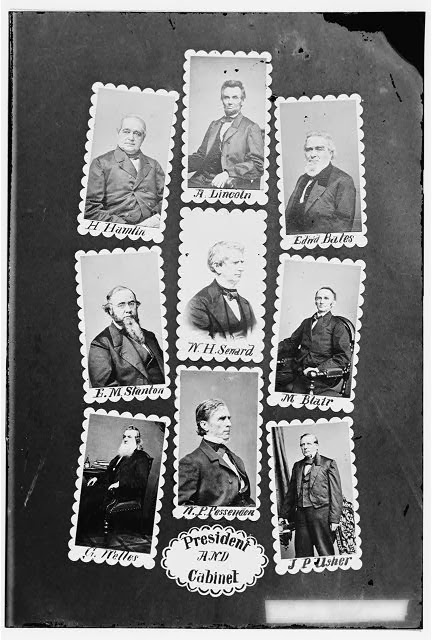Reading "Conversations With Myself" by Nelson Mandela (with a foreword by President Barack Obama) is like being invited to rummage through the great South African leader's desk: seeing his notes, letters, appointments and reading list -- everything from the mundane to the sublime.
The book is a terrific compendium to "Long Walk to Freedom" and helps the reader comprehend the tragedy Mandela endured away from his family.
While in prison in 1968, Mandela lost his mother. Within months his son Madiba Thembekile ("Thembi") was killed. Nelson Mandela expresses a deep sense of loss in his correspondence during that time: "The crop of miseries we have harvested..."
He writes to friends and enemies, but the deepest and most powerful letters are to family, especially his wife Winnie and children, including daughter Zindzi Mandela, a published poet who wrote, "Black As I Am."

Zindzi's poem "A Tree Was Chopped Down" is included in "Conversations," and Nelson Mandela explores the analogies, metaphors and memories the poem evokes. "I was clearly fascinated by the symbolism of contradiction that clearly looms from the lines," Mandela writes. "It is perhaps this type of contradiction that is inherent in almost every aspect of life. In nature and society these contradictions are in the centre of every phenomenon and can stimulate the urge for serious thinking and real progress."
Nelson Mandela describes the tree he sees in Zindzi's work:
"It seems to have been struck by lightning during the stone age and its sap to have been drained by a thousand vampires. It inanimate objects could ever become ghosts, that tree would easily have been one. Age or disease have destroyed it. It can no longer trap the energy of sunlight nor draw the vital water supplies from the soul below. Its branches and its leaves, its beauty and dignity that once caught the eye of nature lovers and game of all kinds have disappeared. The tree is no more than firewood on roots. It is barren as an iron-stone and few people will easily believe that at some [time] in the course of its history it could bear fruit."
 Yet, Mandela pivots to hope and meaning, with memories of a "loving peach tree" and rebirth, including the birth of his children.
Yet, Mandela pivots to hope and meaning, with memories of a "loving peach tree" and rebirth, including the birth of his children.He writes to Zindzi, "... a good pen can also remind us of the happiest moments in our lives, bring noble ideas into our dens, our blood and our souls. It can turn tragedy into hope and victory."
In "Conversations With Myself" we see Mandela's introspection, resilience and reconciliation during 27 years in prison.
He discusses books, authors and literature throughout the book -- from Xhosa and Sotho African literature to Sophocles, Shakespeare, Clausewitz and Tolstoy.
 |
| U.S. First Lady Michelle Obama visits Mandela in Johannesburg, June 21, 2011. |
In a letter to his son Makgatho dated July 28, 1969 Mandela puts the moon landing in context, advising his son "to work hard and systematically in your studies."
"Remember that we live in a new age of scientific achievement, the most staggering of which is the recent landing of man on the moon. That is a sensational event that will enrich man's knowledge of the universe and that may even result in a change of modification of many fundamental assumptions in many fields of knowledge. The younger generation must train and prepare themselves so that they can easily grasp the far-reaching repercussions of developments in the realm of space."Mandela saw a future of technological and social advances based on freedom, equality and democracy. In a letter to Senator Douglas Lukhele in Swaziland, dated Aug. 1, 1970, Mandela writes:
"I am influenced more than ever before by the conviction that social equality is the only basis of human happiness ... It is around these issues that my thoughts revolve. They are centred on humans, the ideas for which they strive; on the new world that is emerging; the new generation that declares total war against all forms of cruelty, against any social order that upholds economic privilege for a minority and that condemns the mass of the population to poverty and disease, illiteracy and the host of evils that accompany a stratified society."A "found haiku" in that same letter:
the anchor of all
my dreams is the collective
wisdom of mankind
Mandela valued reading, study and introspection. He dedicated his life to social justice. Before his passing, the Nelson Mandela Foundation was created so his legacy would live on, like seedlings from a tree, part of a collective wisdom for all time.
 |
| Archbishop Desmond Tutu, right, hands Mandela the five-volume report produced by his Truth and Reconciliation Commission (TRC) on Oct. 29, 1998. |





































